Researchers say it’s important to understand this fertilization process because many food crops are derived from flowers
“Understanding this process (of fertilization) is especially important because common food crops such as peanuts, corn, rice and strawberries are all derived from flowers,” said Zhongchi Liu, professor in the department of cell biology and molecular genetics. “Knowing how plants decide to turn part of their flowers into fruit and seed is crucial to agriculture and our food supply.”Tag Archives CRISPR

Science takes a backseat in Canada
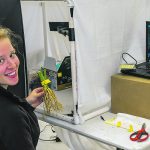
Discovery of gene helps corn withstand drought
Research team is working on breeding crops with better drought tolerance and reduced need for fertilizer
Scientists at Penn State University have made a discovery that could lead to a new variety of corn able to withstand drought and low-nitrogen soil conditions, potentially easing future global food insecurity.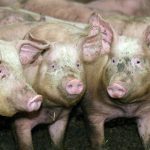
Hog researchers use gene editing to pass on desired traits
Technique known as ‘surrogate sires,’ where male animals produce sperm carrying only genetic traits of donor animals
Researchers at Washington State University have created a gene-edited pig. The scientists used CRISPR, a gene-editing tool, to sterilize a group of five male pigs. Then, the pigs received stem cells from another male pig. That allowed them to “create sperm with that (other) male’s desired traits, to be passed on to the next generation,” […] Read more
Gene-edited pigs made into sausages
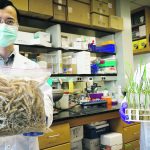
New generation of CRISPR is able to multi-task
The latest technology can now edit multiple genes in plants while simultaneously changing the expression of other genes
In 2012, a powerful molecular gene-editing tool known as CRISPR-Cas9 was discovered by American scientist Jennifer Doudna and French scientist Emmanuelle Charpentier and their colleagues. It was a game-changer in refining the DNA of crops to improve qualities like yield, growth and drought and pest resistance. The discovery earned the scientists the 2020 Nobel Prize […] Read more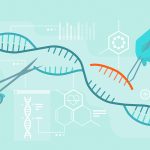
Gene editing continues to face public resistance
Researcher says a more integrated global market makes new technologies more difficult than during the birth of GMOs
Gene-editing science is complex and a technological miracle. However, it might not be as challenging to master as the art of managing social psychology and human government and regulatory systems, a biotechnology conference heard. “Maybe science is the easy part,” said Rodolphe Barrangou, a researcher who uses CRISPR gene-editing technology at North Carolina State University. […] Read more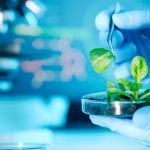
Researchers upbeat about gene editing
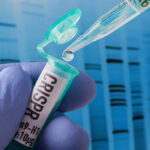
Scientist still sees CRISPR acceptance issues
Co-discoverer of gene editing says researchers have responsibility to be as transparent with the public as possible
To overcome the twin challenges of preserving and increasing food production while minimizing greenhouse gases, agriculture has a powerful set of tools in CRISPR gene-editing technology, said one of its discoverers. “I think the opportunities are so exciting,” said Jennifer Doudna, a biochemist at the University of California at Berkeley. “CRISPR is already being used […] Read more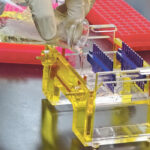
Traits and techniques:
How the search for genetic improvements is accelerating, thanks to new research tools




